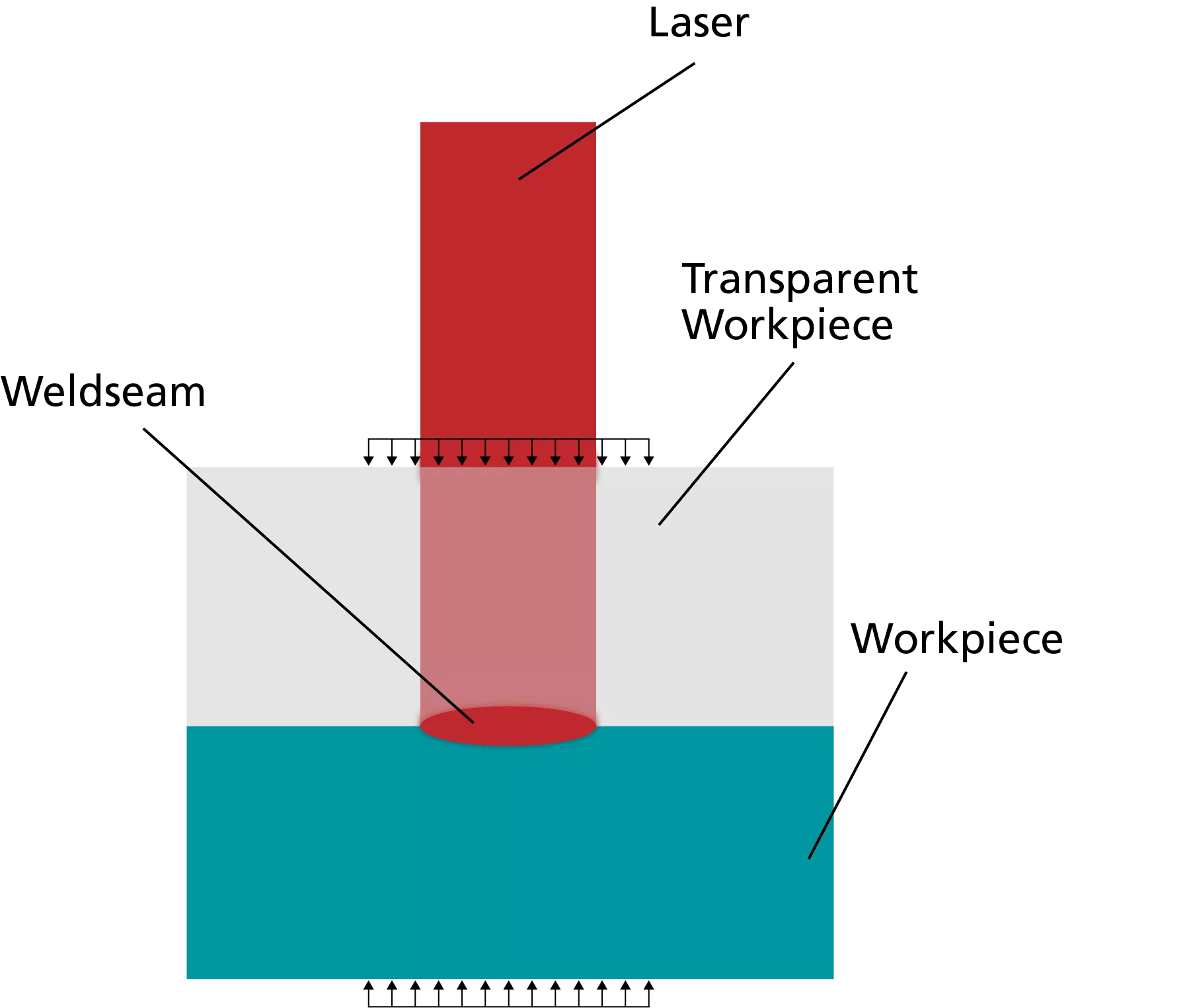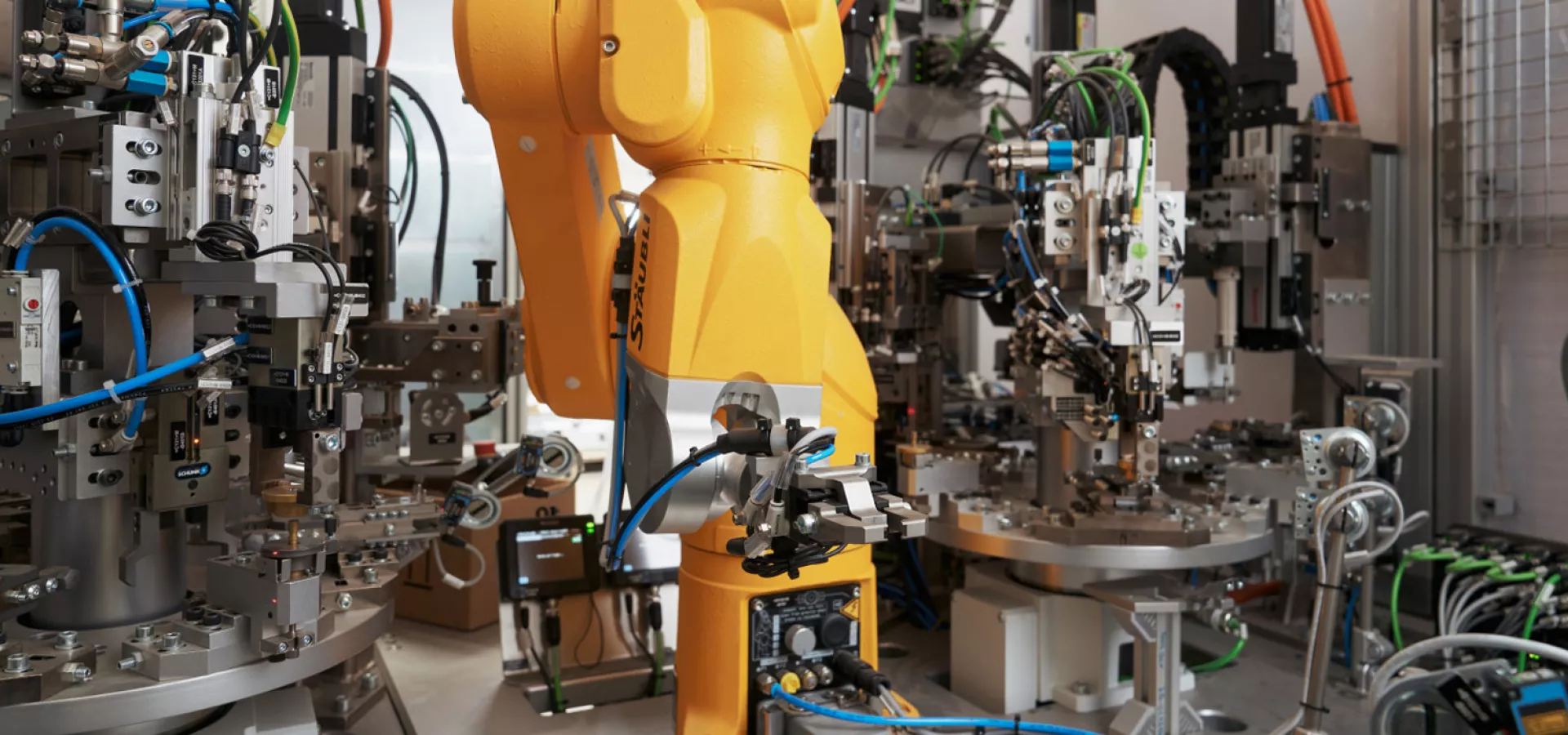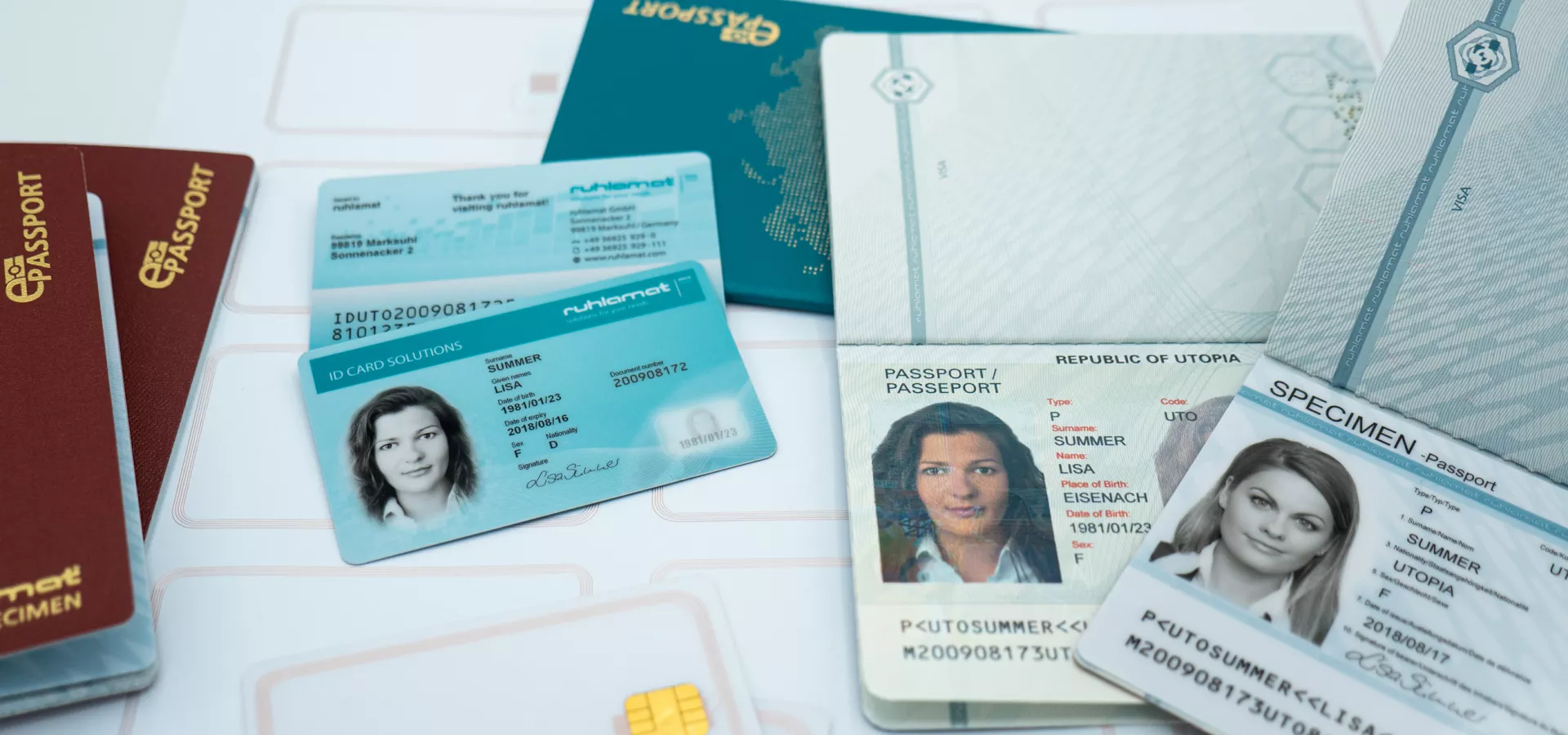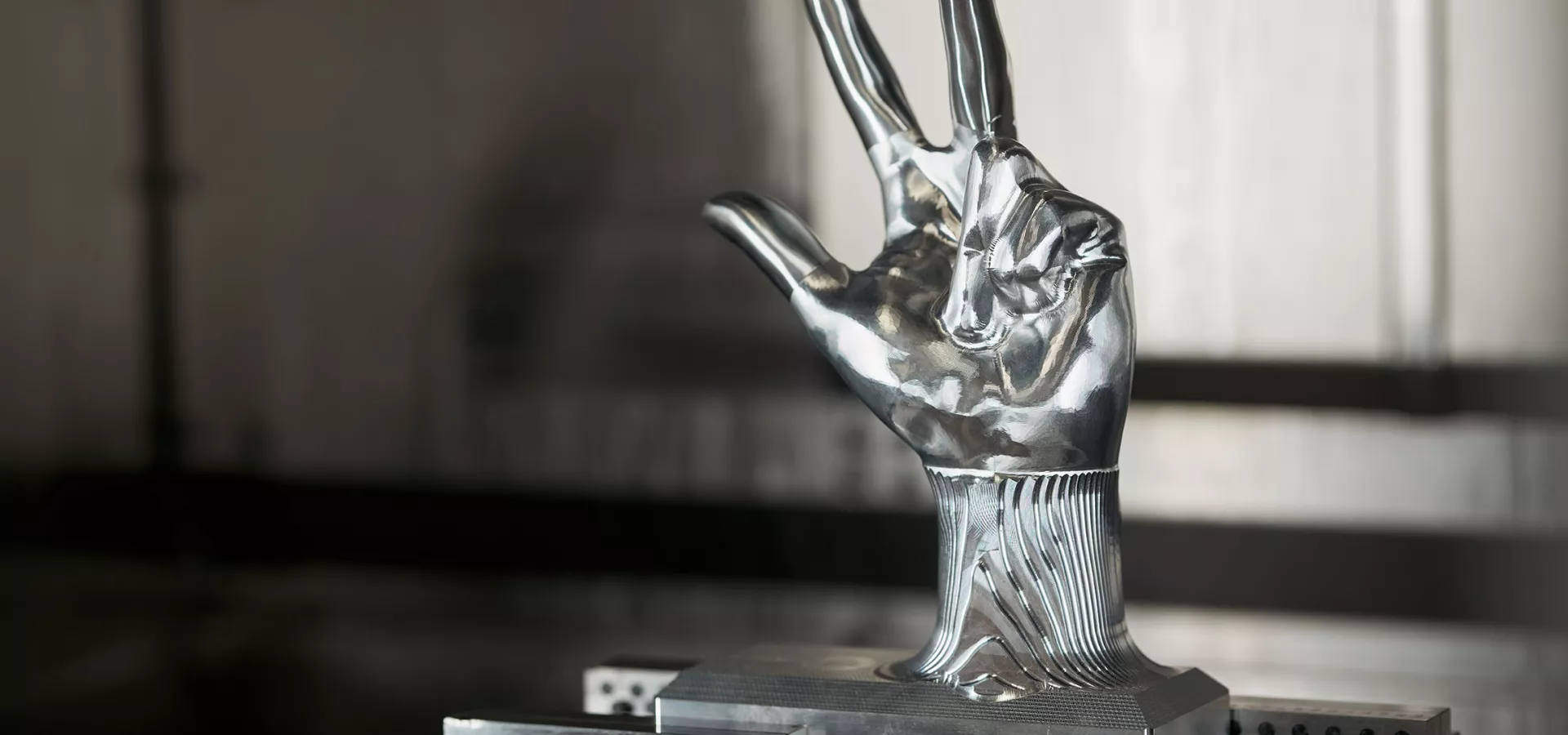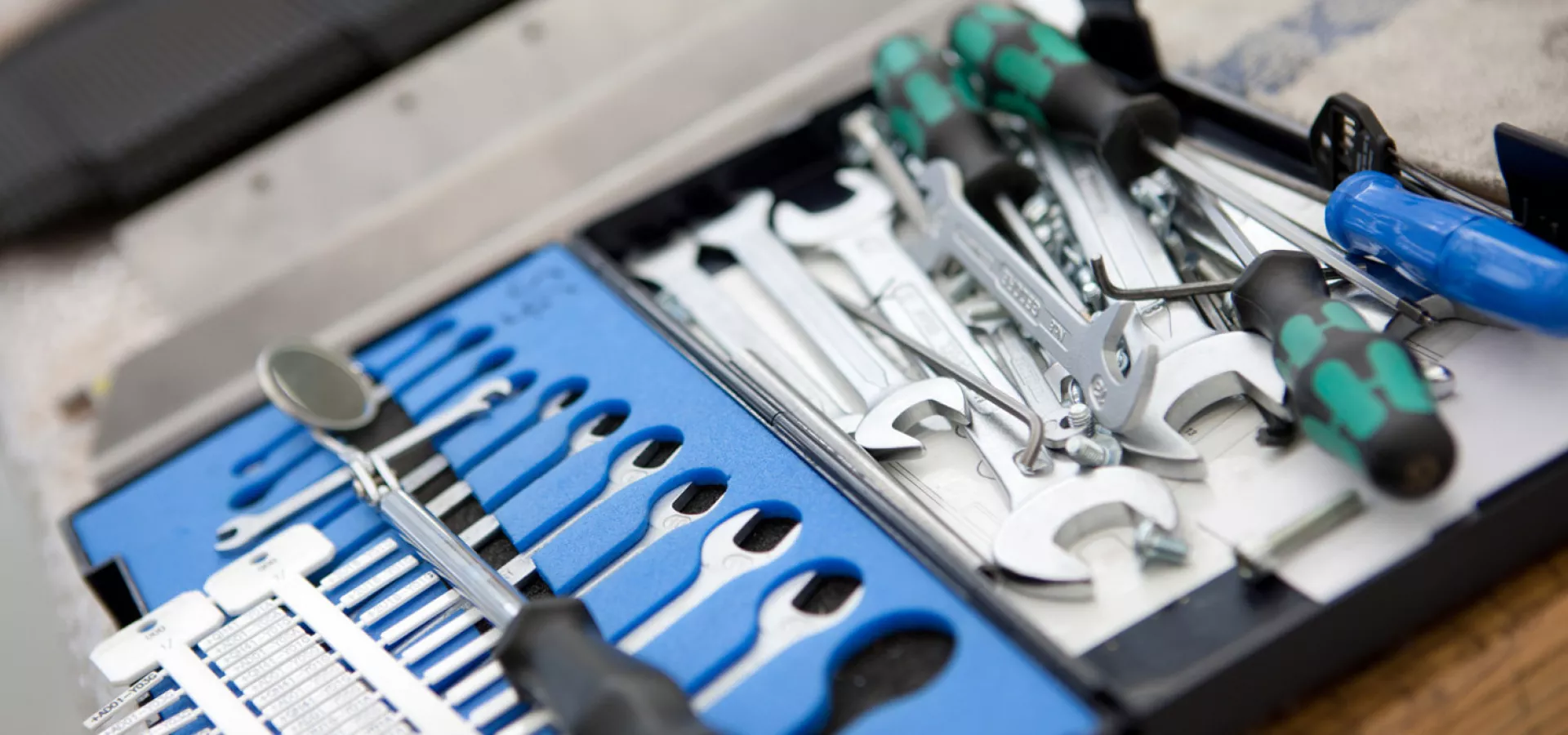
Plastic welding - joining process for plastics
Plastic welding is a so-called joining process in which two components made of plastic are permanently joined together. Plastic welding is an alternative to other joining processes such as adhesive bonding or soldering. Plastic welding is used primarily for plastics that cannot be bonded together or can only be bonded together inadequately. This applies, for example, to polypropylene (PP), polyvinyl chloride (PVC) or polyethylene (PE). It is important for the connection by means of plastic welding that the plastics have thermoplastic properties. This means that they can be melted (repeatedly) and then solidify again. Different processes are considered for plastic welding, depending on the material and the target specification. In addition, depending on the plastic to be welded, certain ambient temperatures must be maintained.
The different types of plastic welding
Depending on the way in which the heat acts on the plastic to be welded, different types of plastic welding can be distinguished from one another. In industrial series production, hot plate welding is primarily used. In this welding process, the heating and joining processes can be carried out separately, because the two joining partners are first heated separately by a heating element and only then joined under pressure after the heating element has been removed. Alternatively, infrared welding is also frequently used in industrial production. In this form of plastic welding, the surfaces of the joining partners to be processed are heated with the aid of infrared radiation. Only then is the joint formed. A third variant of plastic welding used in industry is laser welding. Here, the local heating of the joining partners takes place via laser light. This process has the advantage of a very low, but at the same time very accurate heat input. This results in less damage to components and a particularly high welding speed. In some cases, laser welding and infrared welding are also combined. If one of the two parts to be joined has a rotatable shape, rotary friction welding is also possible: if one of the parts to be joined rotates while the other is stationary, the friction generates heat, which in turn makes welding possible. Other variants of plastic welding include ultrasonic welding, vibration welding and circular welding.
Advantages and disadvantages of plastic welding
For many plastics that cannot be permanently bonded together, there is no alternative to plastic welding. In this case, it is important to ensure that the welding temperature is suitable and that the plastics to be joined are of the same type. Since each plastic has its own chemical composition, it is generally not possible to produce permanent bonds between joining partners made of different plastics using plastic welding. In addition, any pretreatments on the surfaces of the joining partners must be carried out during plastic welding. Particular attention must also be paid to the correct welding temperatures: while polystyrene requires a temperature of 270°C to 310°C, polypropylene only requires a temperature of between 230°C and 280°C. If the temperatures during plastic welding rise above the permitted value, the plastics can burn, which can not only lead to permanent damage to the component but also impair the reliability of the connection between the joining partners.
Among the advantages of plastic welding is clearly the fact that the various processes can be used to create permanent joints between components where bonding is not a reliable solution. In addition, many plastic welding options offer short working times, pinpoint results and low stress on the components. This applies in particular to laser welding as a variant of plastic welding.
